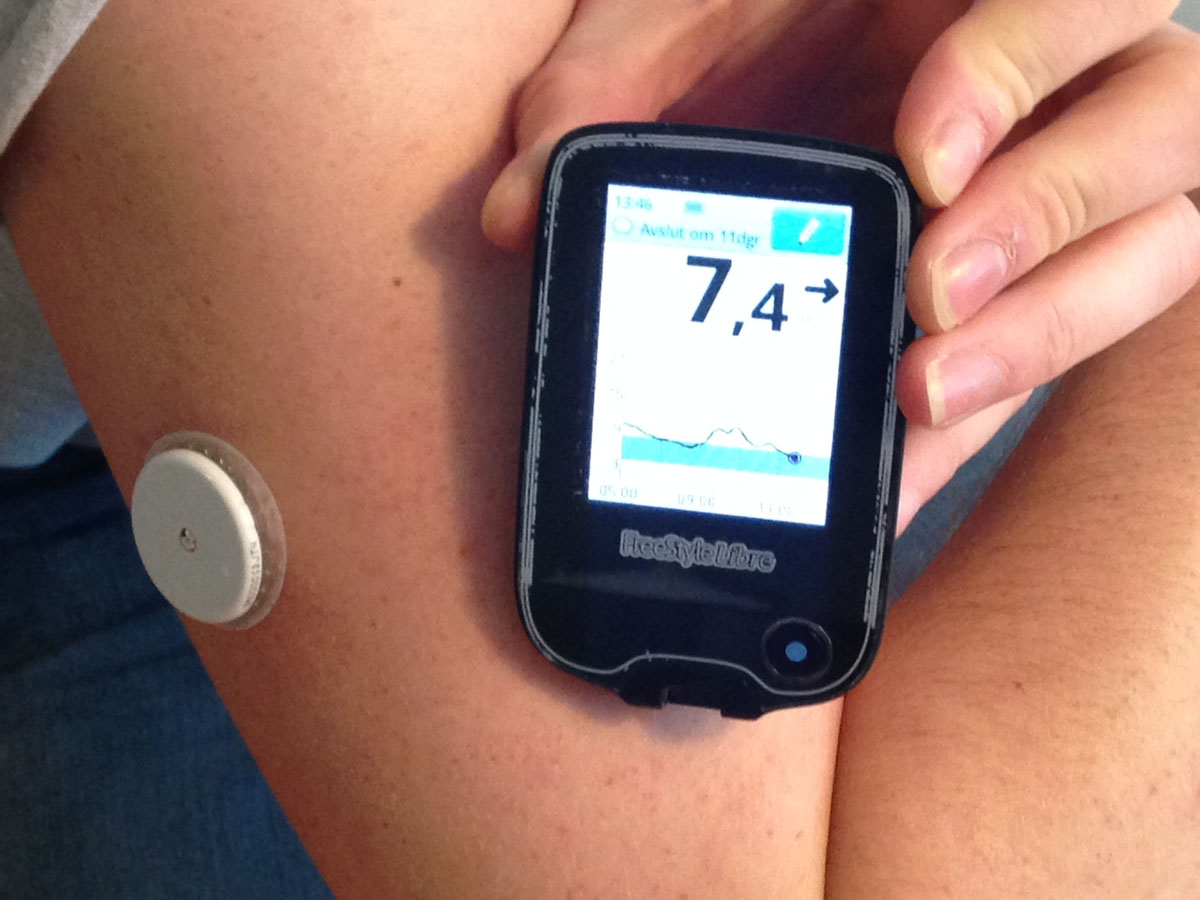
Sugar Levels and insulin
The body’s vital energy source consists of sugars, created from carbohydrates, which are broken down in this manner to aid digestion. Insulin is a hormone that is critical to this process, as excessive amounts of carbohydrates are not converted into sugars, leading the glucose to then enter the blood. This state, called Blood Glucose is the moniker for this process of non-conversion. Blood sugar or glucose is expresses in millimoles per liter (mmol/l) or milligrams per deciliter (mg/dl).
Measuring blood sugar levels
Monitoringblood sugar levels can be performed by measuring glycohemoglobin levels or simply checking the blood glucose levels often. Diabetics are advised to utilize a variety of blood glucose monitors, while frequency in measurement and a diabetes blood sugar journal are also strongly suggested. A journal can provide the necessary feedback on the influence of certain treatments on the person in question. Options such as the fasting blood glucose test, oral glucose tolerance test and random blood sugar test are some of the available ones. Monitoring blood sugar levels should be performed four times daily, with a minimum of two times per day, prior to sleep and meals. Midnight checkups are sometimes, but not often, required. Blood glucose levels should remain under 140 mg/dL and approach or be equal to the stand ard 70 to 120 mg/dL level.
Methods of monitoring blood sugar levels
During a fasting blood glucose test, the stand ard glucose levels are 110 mg/dL or higher, while the diabetes glucose levels are 126 mg/dL or higher. In the case of an Oral Glucose Tolerance Test the numbers are 140 mg/dL in normal glucose levels and less than 200 mg/dL when concerning diabetes glucose levels. Finally, in the case of a Random Blood Glucose Test, the normal glucose levels are up to 100 mg/dL, whilst the diabetes ones are 200 mg/dL or higher. Note that the oral glucose tolerance test is performed 120 minutes after consumption of a sugar solution, while the stomach is empty. An alternate measurement method involves the periodic measurement of glycosylated hemoglobin, sometimes known as hemoglobin A1c or glycohemoglobin. Levels of glycohemoglobin tend to follow the same pattern as blood glucose levels, mimicking a rise or drop. Thus, measuring glycohemoglobin can indicate the level changes of sugar for diabetics, allowing for easier monitoring. This sort of test is done in a laboratory, and is required for type one diabetics once every 3 to 4 months, and type two diabetics once per year.
For a more precise insight into the coresponding levels of blood glucose and glycohemoglobin, it can be noted that the when the average blood glucose level is 135 mg/dL, the average glycohemoglobin level is 6%. If the said level of blood sugar is 170 mg/dL, then the co-responding glycohemoglobin level is 7%. Each of the following changes in average blood sugar level warrant a one percent raise in average glycohemoglobin levels, namely 205 mg/dL to 8%, 240 mg/dL to 9%, 275 mg/dL to 10%, 310 mg/dL to 11% and 345 mg/dL to 12%.






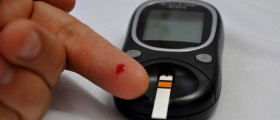
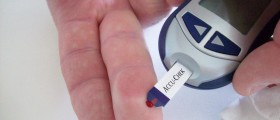

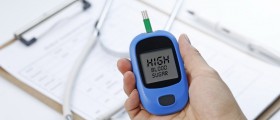

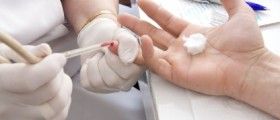





Your thoughts on this
Loading...